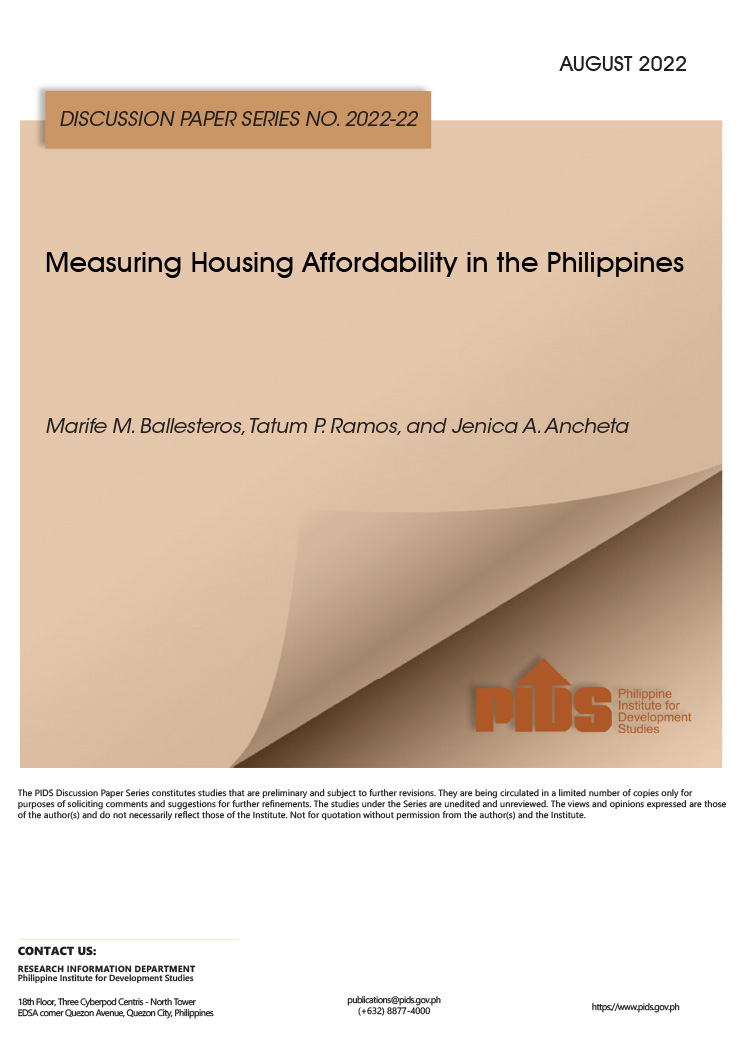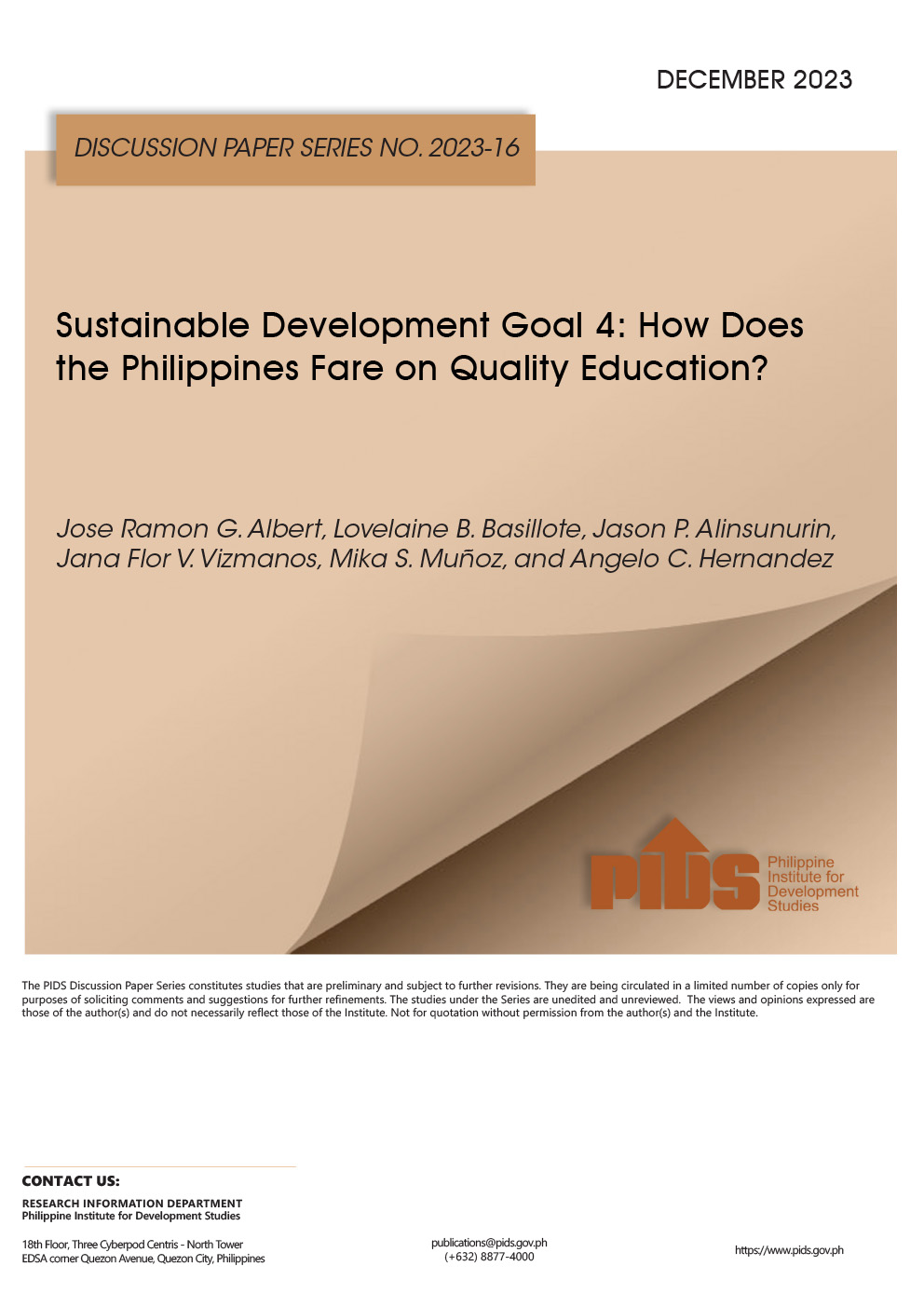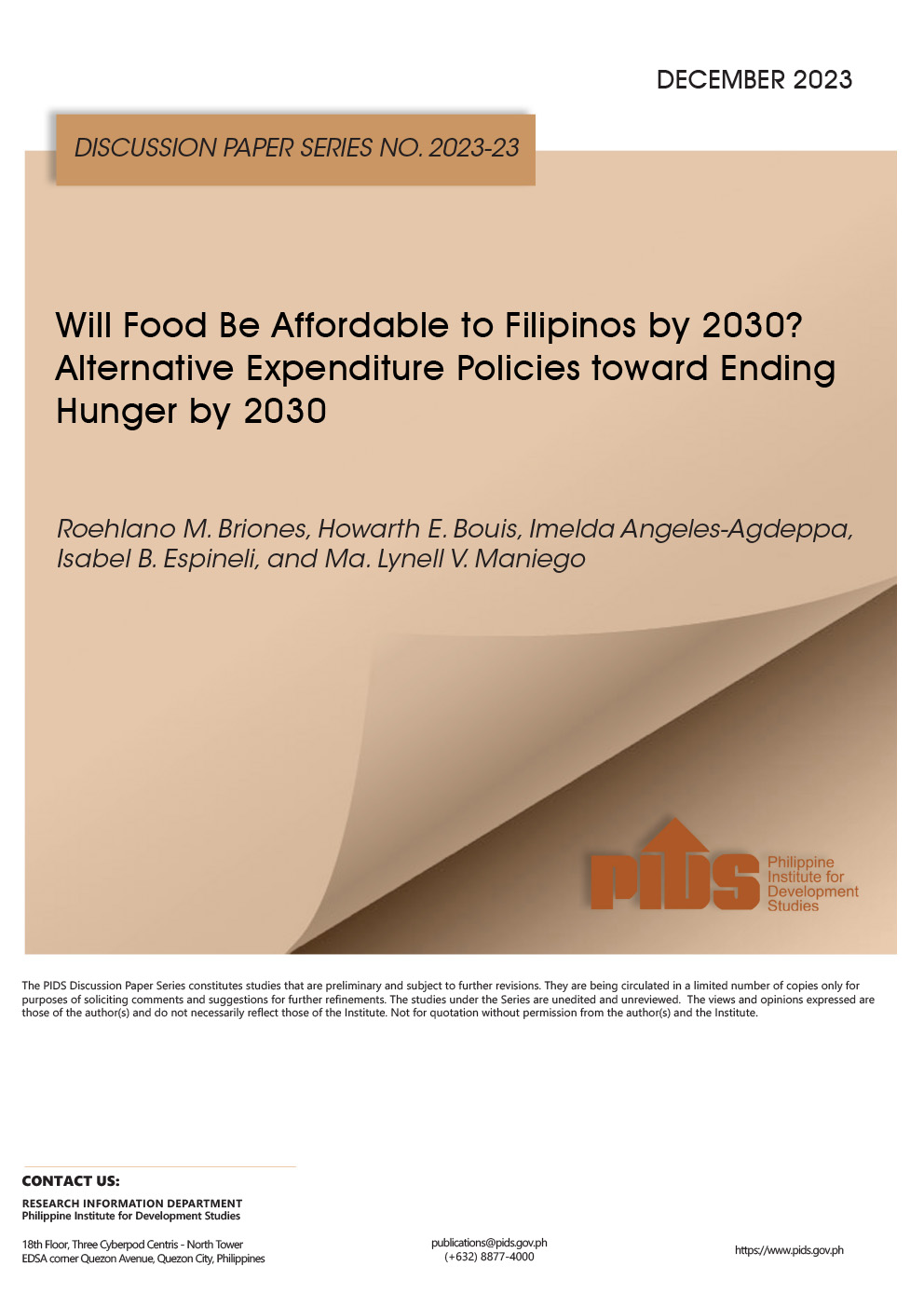CHRISTMAS decoration in the country is marked by Filipinized Western staples–Styrofoam Jack, synthetic pine trees and plastic snowflakes.
And just like the Christmas song, Filipinos also dream of a "White Christmas” even if it’s impossible. The holidays are certainly bizarre in a tropical country.
But when it comes to the holidays and food, you can always bet on the Filipino to have his own staples. Some may be "borrowed” from colonizers but, through the passing of time and traditions, they have slowly become authentic Filipino fare.
These days, no Christmas celebration is complete without queso de bola, ham and fruit cocktail. While Filipinos do not traditionally roast a turkey for the holidays, you can always bet that no Christmas spread is without chicken–whether roasted, fried, or drowning in ginger flavored soup, more famously known as tinola.
The Christmas song says it all:
Kay sigla ng gabi,
Ang lahat ay kay saya
Nagluto ang Ate ng manok na tinola
Sa bahay ng Kuya
ay mayroong litsonan pa
Ang lahat ay may handang iba’t-iba.
Tayo na, giliw, magsalo na tayo
Mayroon na tayong tinapay at keso.
‘Di ba Noche Buena sa gabing ito
At bukas ay araw ng Pasko!
While this song remains true for some families, the changing times has forced Filipinos to also change their Noche Buena menu. Some have exchanged chicken for sumptuous glazed ham and chose to forego the lechon.
With this, the BusinessMirror has put together a Noche Buena Index that tells all of us how much Christmas in the Philippines costs these days.
While this year’s list is only based on the Department of Trade and Industry’s Suggested Retail Prices (SRPs) in the past five years, it already tells consumers and manufacturers alike that the increase in the prices for seasonal items has been generally benign.
Roehlano Briones, a Philippine Institute for Development Studies (PIDS) research fellow, told the BusinessMirror that prices of seasonal items, such as those on the Noche Buena menu, are dependent on the supply of these items.
"It just so happens that some items have high inventory relative to demand so prices may be low against some benchmark,” Briones said.
Setting SRPs are based on the DTI’s market studies, as well as results of consultations and discussions with manufacturers. These are created to serve as guide for consumers and ensure that the prices charged by retailers are affordable.
Based on the data obtained by the BusinessMirror, a Filipino family of limited means, assuming that the cost of the items they buy follow the DTI’s SRPs and they buy only one item each on the list of seasonal items, would require a budget of P500 to P600 every year. This, unfortunately, is significantly higher than the minimum wage set in various regions nationwide. This is even higher than the minimum wage for nonagricultural workers in Metro Manila at P491 per day.
If they have some more resources, some Filipino families could spend more than P2,500 if they are keen on buying certain brands that are more expensive and bigger quantities of certain items.
It is worth noting that this is around four times the minimum of expense of families with limited means. This is also not a surprise, since those who have higher incomes can spend more without breaking the bank.
Based on the 2015 Family Income and Expenditure Survey (FIES), when it comes to food expenses, the bottom 30 percent spend 59.7 percent of their income on food while the upper 70 percent only spend 38.8 percent. The national average spending on food–which is considered the top expense nationwide–takes up about 41.9 percent of total income.
Ultimately, the most expensive food item in the Noche Buena feast is ham and queso de bola. Ham can be bought for a minimum of 500 grams to a per kilo basis, while queso de bola is sold with a minimum weight of 300 grams to around 750 grams each.
Among the least expensive items on the menu are tomato sauce and spaghetti sauce, the cheapest of which can be bought for less than P20.
"I don’t think tingi matters because price data uses standard weights. Inflation also doesn’t matter for individual prices,”Briones said.
The holidays is really a special time for Filipinos. It is the time when family members from all over the country and the world come home to be with family and friends.
While many will argue that Christmas has become commercialized and, therefore, costs an arm and a leg to celebrate, the intangible value of the season has no monetary equivalent.
The price that Filipinos pay is largely made on food, which is the center of Christmas celebrations in the country. This is a small price to pay to spend time with those who matter most.
Related Posts
Publications
Press Releases
Video Highlights
Infographics
[No related items]








